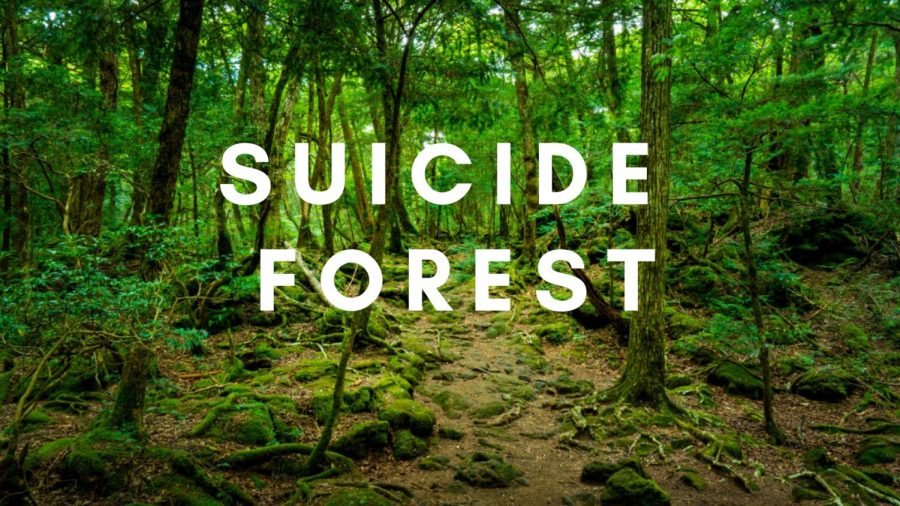Suicide Forest
February 25, 2019
At the entrance of most forests, hikers would expect to see maps of the trails or the location of the nearest rest stop, however, in one forest in Japan, the signs read something completely different; “please don’t suffer alone, and first reach out.”
In just a short 70 years, Japan’s Aokigahara forest has completely transformed into the Suicide Forest we know today. Nicknamed the “perfect place to die,” Aokigahara has become the third most popular place for suicide in the entire world.
The forest sits on the northwestern floor of Mount Fuji in Japan. Its thick foliage makes it almost impossible for people to find their way back once they’ve entered. This creates the perfect setting for people who don’t want to be found. Today, Japanese officials still do not know how many people have killed themselves in the forest, since bodies from the early 2000s are still being discovered.
Locals from the surrounding villages have created stories around the forest’s dark history. Yurei, or ghosts, are said to be the souls of the suicidal. They are said to haunt the forest and not allow those who enter to leave.
Every month, searches take place, mostly lead by police and volunteers. However, these searches are not for stopping would be suicides, they are for collecting bodies.
“I’ve seen plenty of bodies that have been really badly decomposed, or been picked at by wild animals,” a local police officer said. “There’s nothing beautiful about dying in there.”
The Japanese government does make strives to lower the suicide rate. In 2003, 105 people’s bodies were found in the forest, an increase from 2002’s 78 bodies. Since then, the Japanese government has stopped publicizing information in hopes that others won’t want to follow.
As the Japanese continue their effort in lowering the suicide rates, many others do not. The forest was first popularized for suicide by Seichō Matsumoto’s book, “Tower of Waves,” in the 1960s. Following, in 1993, Wataru Tsurumi’s book, “The Complete Manual of Suicide,” described his self proclaimed best spots for death in the forest. In recent years, the forest has become a spot for entertainment as many Youtubers find their way into the forest with cameras.
Aokigahara has always had a history of death, even before it was named the Suicide Forest. Ubasute, or as it’s translated to, the “abandonment of old women,” was believed to have taken place in the forest. Often taking place in times of famine, this is when families would take their elderly and leave them deep in the forest to starve to death.
With Aokigahara’s legacy of death, it is hard to imagine a future for the forest without it. By increasing education about suicide prevention and working to stop the trend of suicides with the help of volunteers, the Japanese government is hopeful they can change Aokigahara’s future.


